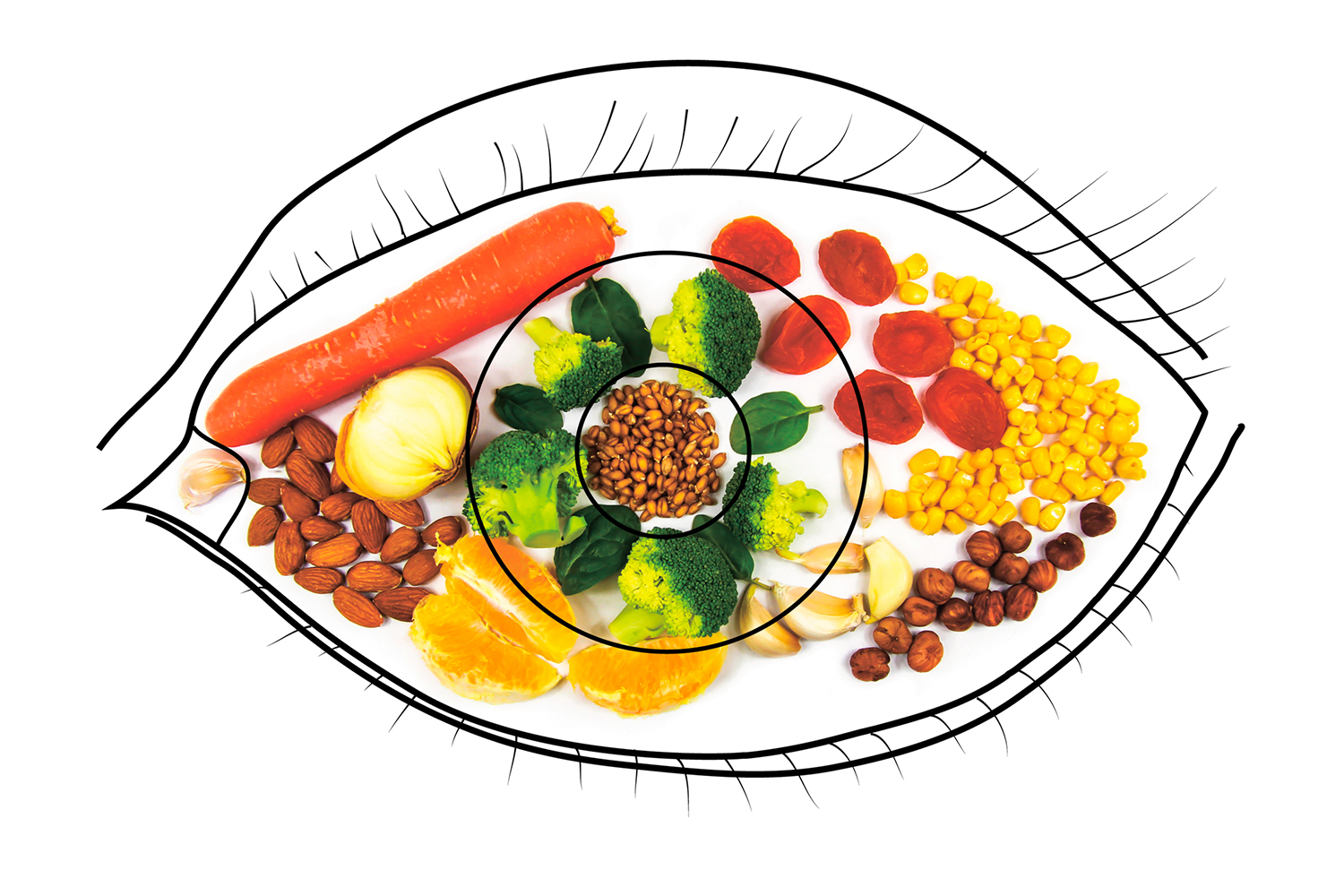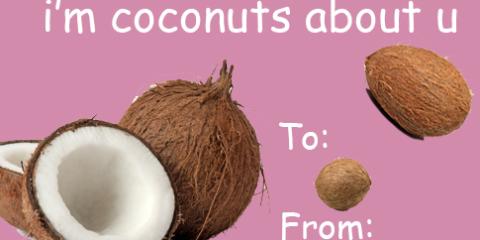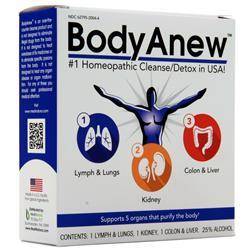Want to keep your eyes healthy and your vision sharp as you age? Nutrition plays a key role in preventing eye conditions such as age-related macular degeneration, cataracts, and dry eye syndrome.
Research points in particular to foods containing vitamins A, C, D, and E, the mineral zinc, nutrients such as lutein and zeaxanthin, and omega-3 essential fatty acids as protecting against the kinds of eye problems people face later in life.
Foods for Eye Health
When you’re planning your menus, be sure to incorporate some of these foods.
-
Fruit for Vision Protection
Look for fruit that’s rich in vitamin C—an antioxidant that can help prevent cataracts and age-related macular degeneration.
-
Berries
Strawberries and blueberries are tops in antioxidant content and vitamin C.
-
Citrus
Oranges and grapefruit are packed with vitamin C. Oranges also contain lutein and zeaxanthin.
-
Other Fruits
Other fruit cited by the Mayo Clinic for eye health are:
- peaches
- tangerines
- mango
- tomato
- apricot
- papaya
- cantaloupe
- honeydew
- avocado
-
-
Vegetables to Support Your Eyes
Dark green, leafy vegetables are tops for eye protection, but don’t limit yourself. Other vegetables are good for your sight as well.
-
Green Veggies
Eat one cup of kale or spinach and you’re consuming 20-plus milligrams of lutein and zeaxanthin.
Other eye-smart green veggies include:
- collard greens
- turnip greens
- broccoli
- peas
- green beans
- romaine lettuce
-
Orange Veggies
Beta carotene, found in deep orange vegetables, is converted to vitamin A in the body.
Both beta carotene and vitamin A contribute to eye health, helping to protect against night blindness and dry eyes.
Good sources are:
- sweet potatoes
- carrots
- butternut squash
- pumpkin
-
Other Veggies
- Mix up your colors with cauliflower and red peppers, both good sources of vitamin C.
- Yellow squash contains lutein and zeaxanthin.
-
-
Animal Products
Pescetarians and carnivores should note that some animal products provide eye health benefits.
-
Meat
You’ll get a good dose of zinc if you eat lean beef and poultry legs and thighs (dark meat).
-
Seafood
- Alaskan king crab is a good source of zinc.
- Fish such as salmon, herring, tuna, mackerel, rainbow trout, and sardines contain omega-3 fatty acids.
- Sardines and mackerel provide vitamin D as well.
-
Dairy
Boost your vitamin A intake with milk and eggs.
-
-
Nuts, Grains, and Seeds
Nuts, whole grains, and seeds all contain nutrients that can slow the progression of eye conditions.
-
Nuts
Good sources of vitamin E include:
- almonds
- peanuts
- hazelnuts
Walnuts provide omega-3 essential fatty acids.
-
Seeds
- Sunflower seeds are packed with vitamin E.
- Flaxseed is rich in omega 3s.
- Pumpkin seeds provide zinc.
-
Grains
You’ll find zinc in:
- fortified breakfast cereals
- whole-wheat flour
- buckwheat flour
- bulgur flour
-



